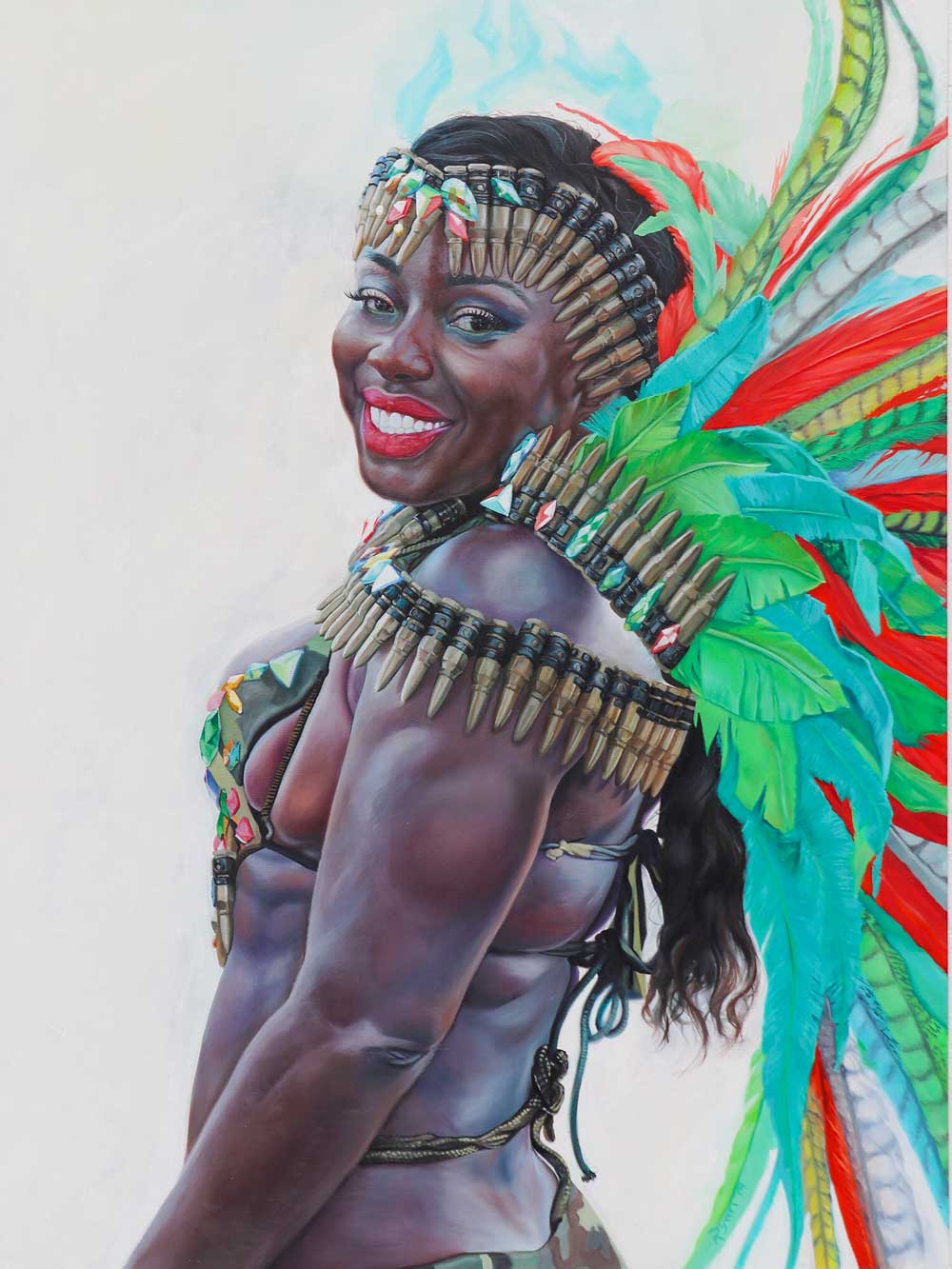
When Ormond Beach painter Robert Shirk attends the artists reception for the “Men Painting Women” exhibit at the Art League of Daytona Beach on Saturday Aug. 20, he realizes he may receive some odd gazes.
“These days, you know, men painting women is a political statement,” Shirk says “It’s not that I’m trying to make a political statement out of it, but everything these days is political.”
Indeed, in these days of #MeToo, “The Handmaid’s Tale” and now the demise of Roe v. Wade and Tucker Carlson’s testosterone unbound, anything that seemingly hints of objectifying, subjugating or exploiting women – even in art – may be suspect in some beholder’s eye.
Then there’s the idea of the “male gaze,” that feminist theory first promulgated in 1973 by British filmmaker Laura Mulvey. Though Mulvey’s pioneering essay “Visual Pleasure and Narrative Cinema” focused on film, the idea of the “male gaze” has since morphed and is applied, sometimes derisively, to any artistic expression that allegedly portrays women as — and reduces them to — objects of heterosexual male desire.
Mulvey, an academic and film theorist, deployed the $10 phrase “scopophilic instinct,” which she defines as “pleasure in looking at another person as an erotic object.”
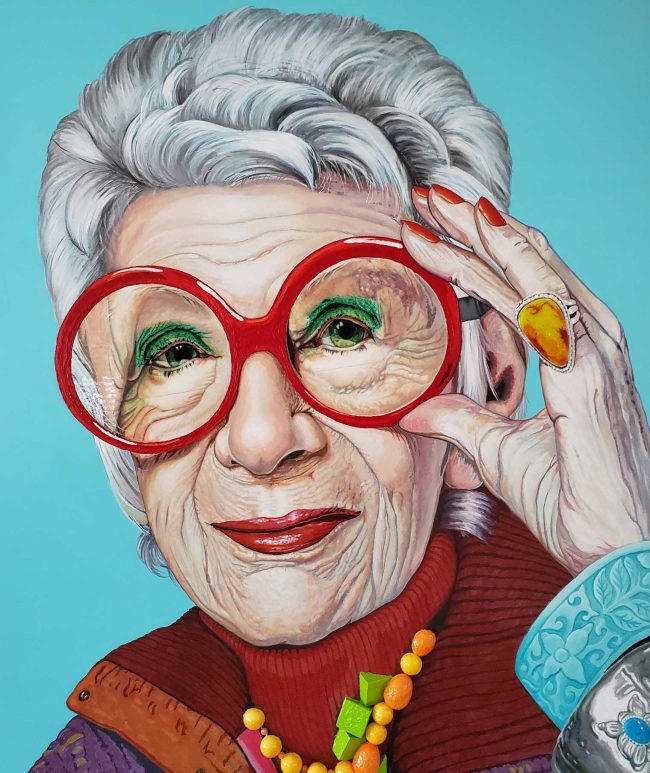
While Shirk is aware that men painting women may be seen by some as politically incorrect these days, the exhibition stems from both sublime art history and simple serendipity among his circle of friends.
Shirk’s promotional social media for the show notes that “there is a rich history of male artists painting women. Some of the most important male artists in Western history are known specifically for their paintings of women.” He cites Botticelli’s “Birth of Venus” in the mid-1480s, da Vinci’s “Mona Lisa” in 1505, Vermeer’s “Girl with a Pearl Earring” in 1665, Whistler’s “Arrangement in Grey and Black No. 1” (Whistler’s Mother) in 1871, Gustav Klimt’s “Portrait of Adele Bloch-Bauer I” in 1907 and Andy Warhol’s “Shot Blue Marilyn” in 1964.
To that exalted list, one might add Francisco Goya’s “The Naked Maja” from the late 1700s, Sir John Everett Millais’ “Ophelia” from 1852, and Marcel Duchamp’s “Nude Descending a Staircase, No. 2” from 1912 (a cubist abstract work which the artist himself identified as a woman).
But it was sheer ordinary (not preternatural) serendipity – and certainly no political agenda — that led Shirk to organize the first “Men Painting Women” exhibit at the Downtown Orlando Library in the summer of 2020: He simply noticed that, like himself, a number of his male artist friends, including Palm Coast painter and former Flagler County Artist of the Year Weldon Ryan, “mostly paint women.” Shirk thought it would be cool to juxtapose their “totally different styles, intellectually and aesthetically,” in a single show.
As he was scouting for Orlando venues to host the exhibit, Shirk says, “I didn’t really get a lot of pushback, but I suspected there was this thinking of ‘I don’t think men painting women these days will work, but women painting women would be OK.’ ”
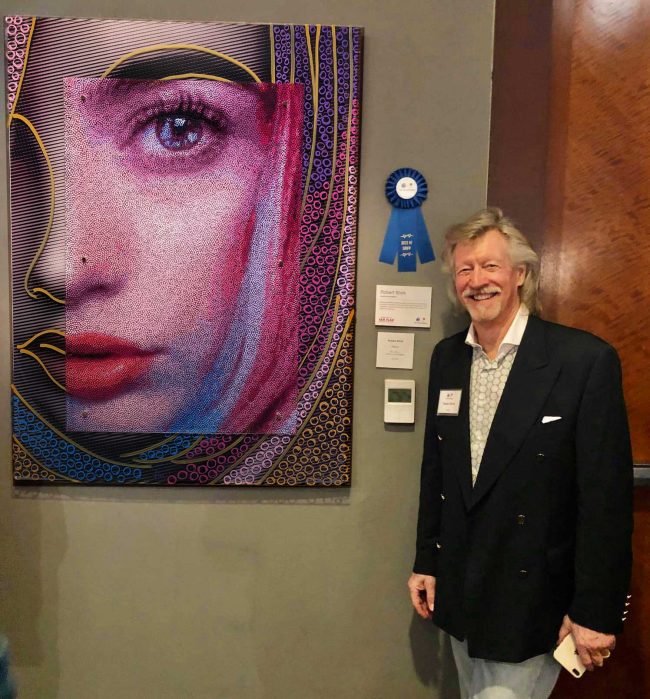
The Daytona Beach exhibit, which runs through Sept. 4, features the same five artists: Shirk, Ryan, Winter Springs painter/photographer/body painter Herbie Martin, Fort Lauderdale artist Leonardo Montoya and Orlando painter-poet Wilson Romero.
So, how would Shirk respond if someone indeed claimed the exhibit objectifies women?
“It’s much more complex than that,” Shirk says. “Let me give you an example. We have five artists. One is an old black guy — Weldon is over 65. I’m an old white guy over 65. We have a guy from Venezuela (Wilson Romero) — gay young guy. I don’t know where Herb is from — he’s straight and he’s an old guy. Leonardo is from Latin America (Columbia) and he’s gay.
“So we have young, old, gay, straight, black, white, Hispanic. We have a very diverse group. Trust me, the only reason I came up with this is because I started thinking ‘We’re coming at this subject from all different cultures and viewpoints.’ ”
Shirk was born in New York and raised by his grandmother in South Florida, but he would visit the Manhattan studio of his father, an op artist, during holidays and summer vacations. As he was earning his fine arts degree in 1977 from Florida Atlantic University in Boca Raton, Shirk began painting surrealistic landscapes on both sides of plexiglass sheets, preferring the “hard edges” he could create between colors on that surface.
After graduation, Shirk was getting commissions and selling his art in South Florida galleries while working part time as a graphic designer with various advertising agencies. “I was doing OK, but no artist is going to make a living, you know,” he says.
He mothballed his painter’s brush in 1987 to go full time at an ad agency, and in 1992 he and his wife, Loleita, founded a successful marketing business.
In 2015, a couple of years after moving to Ormond Beach, they sold their business and Shirk picked up his paintbrush for the first time in more than a decade. He found himself inspired to paint woman, the occasional cat and other figurative subjects instead of landscapes, and he became enthralled with a technique he developed and christened “Neo-Pointillism” – creating a painting using multiple, stacked layers of plexiglass.
“The effect creates a three-dimensional kinetic image that moves and changes as the viewer’s perspective changes,” says Shirk, while acknowledging such influences as the 1960s optical and kinetic artworks of Israeli artist Yaacov Agam, the French Pointillist painters of the 1880s, American photorealist painter Chuck Close, and the dramatic lighting of Dutch master Rembrandt van Ryan.
“My aesthetic focus is to create an image of drama, beauty and sensuality,” Skirk says in his artist statement on his website, robertshirk.com. “Not just with the subject matter, but with the composition, materials and application of color. An image that is fun to view with unexpected surprises.
“I love watching the dance and delight of the viewers’ eyes while discovering the movement, harmony and depth created by layer upon layer of images in my Neo-Pointillist paintings. I am constantly reinventing the way I create images. Always searching for a playful bridge between the three dimensions of sculpture and the two dimensions of painting.”
For his artist statement accompanying the “Men Painting Women” show, Shirk writes: “Most of the important influencers in my life have been women. I am who I am today because of what these wonderful women have instilled in me.
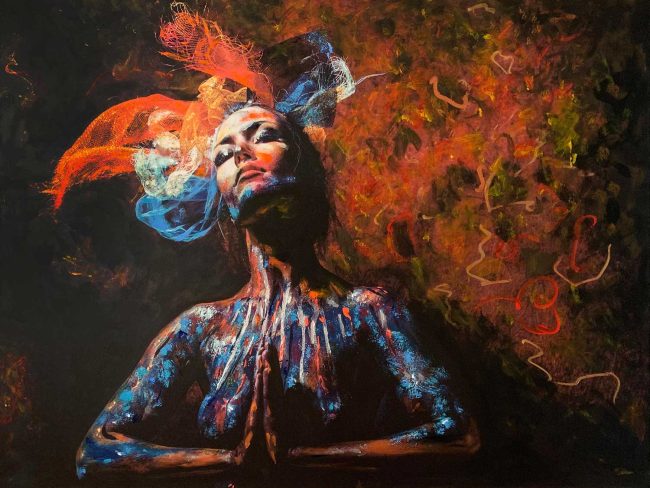
“My paintings of women celebrate the qualities I have learned from these wonderful women. The beauty and unconditional love of my mother. The warmth and nurturing support of my grandmother. The erotic passion and sensuality of my lovers. The strength, intuition, encouragement, dedication, and eternal love of the most awe-inspiring and magnificent woman of all, my wife.”
After moving to Ormond Beach, Shirk says, “One of the first people I discovered around here was Weldon. I don’t know whether he was doing a workshop or something else at the Flagler County Art League, but I’m like ‘I gotta meet this guy. I love his work.’ We hit it off right away.”
Ryan, a native of Trinidad and Tobago and the Gargiulo Art Foundation’s 2011 Artist of the Year, is known for his vivid, brashly colorful paintings of revelers during Carnival – mostly women but sometimes men, too. However, Ryan’s subjects also include portraits of his wife Richlin, Jimi Hendrix, friends, New York City beat cops (which included himself once upon a time) and the occasional fantasy piece such as “Celestial Mother Earth” and “Celestial Fire” – homages, perhaps, to two of his painter heroes, fantasy artists Frank Frazetta and Boris Vallejo.
In his artist statement for the “Men Painting Women” show, Ryan writes: “I paint Carnival. Whether clothed or nude I enjoy painting the human form. As a youth I was fascinated with the human form and how it works. I excelled in the board game ‘Operation.’ One may laugh at this but the notion of this is that a steady hand is important to win. A steady hand is essential for painting in my style. This is probably where the quest for me to paint realism stems from … My twist is I paint Caribbean women in carnival costumes. Please note that Carnival originated in Trinidad and Tobago, W.I., and not Brazil. Carnival is a cultural phenomenon now celebrated year-round. Painting women from Carnival gives me the best of both fantasy and real-world representations.”
A blend of fantasy and realism also spark such Herbie Martin works as “Bubble Gum Geisha,” “Blooming Vishudda” and “Presto.” Attendees of the Aug. 20 reception will be able to witness Martin’s blurring of fantasy and reality as he paints a live model – literally.
“Herb actually paints women and then he takes pictures of them,” Shirk says. “Then he puts the photo in Photoshop and fiddles around with it, and then he prints it out on canvas and throws more paint on it.”
The five painters’ artist statements include such language as “I was raised by a strong and loving community of women,” “. . . the empowerment of women,” “the freedom of sensuality, joy of no constraints and pleasure to express,” “the beauty of women is finding that voice to fill my own asymmetrical balance.”
It’s more evidence of Shirk’s assertion that the artists of “Men Painting Women” work in vastly different styles and approaches – aesthetically, culturally and beyond – thus diffusing if not refuting any criticism that the quintet are objectifying women.
“If you look at the art, you’ll see what I mean,” Shirk says.
–Rick de Yampert for FlaglerLive
![]()
“Men Painting Women” opens Aug. 20 and runs through Sept. 4 at the Art League of Daytona Beach, 433 S. Palmetto Ave., Daytona Beach. Gallery hours are 1-4 p.m. Thursday-Sunday. An artists reception will be held from 4 to 7 p.m. Saturday Aug. 20. For more information, call 386-947-7301.
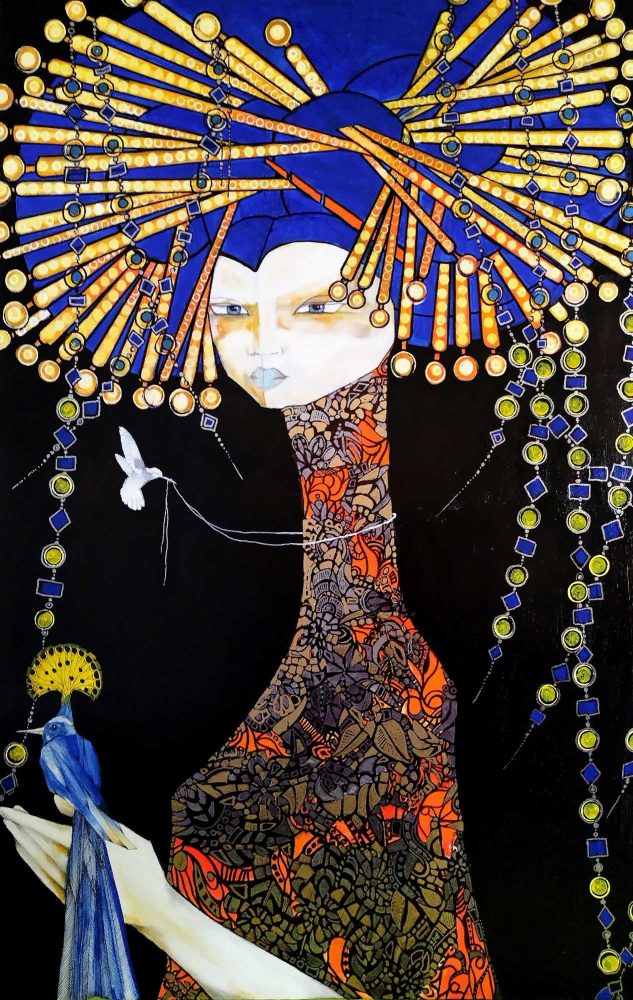





























Jimbo99 says
Nothing wrong with these photos of the paintings. As long as the artist doesn’t make it outright pornographic, I don’t know how anyone could be offended ? Even there if the artist is LGBTQ, the artist has, can & always will get away with a pornographic interpretation. It’s controversial, yet really not controversial.
If anyone is offended, it’s because they are looking for drama of being offended and then nobody wants them around at the art show anyway. It’s about the the artists, the model & the painting sale, not about accommodating & catering to the offended. If they aren’t buying the artwork, just like anyone else that isn’t buying the artwork, nobody cares about how offended they are.
Jeannie 99 says
You OFFEND me !
Bill C says
If these were like the Vargas pin-ups of the ’50’s I could see the concern, but these are not. Fuggedaboudit. Nice work.
Devrie says
In many ways, it’s the antithesis of the common male gaze. The artwork demonstrates a male artist’s ability to see depth beyond youth and sexuality. I like it. It’s bridge-building. It’s reassuring to see there’s a different gaze–one that has depth and sees meaning, personality and intention and sees it as visually beautiful without the sexual connotation.